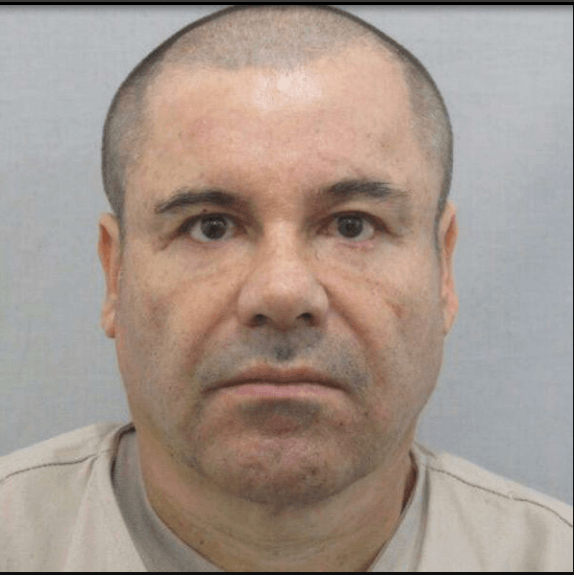Mexican President Enrique Peña Nieto took to Twitter today to make one of the biggest announcements of his presidency—the most wanted man in the Western Hemisphere, drug lord Joaquin “El Chapo” Guzmán, had been recaptured seven months after escaping from a Mexican maximum security prison.
Breitbart Texas reported that preliminary information pointed to Guzman getting caught in Los Mochis, Sinaloa, where Mexican marines took part in a fierce gun battle and had to use two helicopters to provide aerial support. According to the Associated Press:
The Mexican Navy said in a statement that marines acting on a tip raided a home in the town of Los Mochis before dawn. They were fired on from inside the structure. Five suspects were killed and six others arrested. The marine’s injuries were not life threatening.
Los Mochis is a coastal city in Guzmán’s home state of Sinaloa, and has a population of roughly 260,000 people. It is surrounded by agricultural areas and is home to the second largest natural deepwater port in the world. Los Mochis is also well known for its sporting culture, and is a big attraction for boxing fans. It is located about 200 kilometers from Guzmán’s birthplace of Badiraguato, and roughly 400 kilometers from Mazatlán, where El Chapo was first captured in February 2014.
Guzmán has spent much of his adult life on the run from Mexican authorities. He came to prominence as a drug trafficker at a young age under the tutelage of Miguel Ángel Félix Gallardo, known as the “Godfather of drug trafficking” and the head of the legendary Guadalajara cartel. Guzmán controlled a large swath of drug smuggling territory along the spine of Mexico under the umbrella of the Sinaloa cartel until he was apprehended in Guatemala in 1993.
El Chapo was sentenced to 20 years in prison for drug trafficking and served his time at a maximum security facility. However, in one of Mexico’s most legendary prison escapes, Guzmán was reportedly smuggled out of prison in a laundry cart in 2001. He ran the Sinaloa cartel as a fugitive for thirteen more years until his relatively understated capture in a Mazatlán condominium in February 2014. Shortly after being jailed again, controversy brewed over Guzmán’s fate. The U.S. government began to push hard for Guzmán’s extradition, citing security concerns. Peña Nieto declined, claiming El Chapo could not possibly escape again.
In mid-July 2015, the news broke that Guzmán had escaped prison once again. This time, he escaped through a very sophisticated tunnel containing a rail system, lighting, ventilation, and a motorcycle that transported Guzmán more than a mile away. Since his escape, rumors have been swirling about his possible whereabouts and “sightings” were reported in places ranging from Argentina to Costa Rica to Spain.
Now that El Chapo is back in the custody of Mexican authorities, the debate may rage once more over whether the Mexican government can contain him, or if he should be extradited to the U.S. immediately. Given that thirteen high-value drug trafficking suspects were recently sent to the U.S. to stand trial as a result of El Chapo’s July escape, negotiations between the U.S. and Mexican governments will likely begin soon.
Sylvia Longmire is a border security expert and Contributing Editor for Breitbart Texas. You can read more about cross-border issues in her latest book, Border Insecurity: Why Big Money, Fences, and Drones Aren’t Making Us Safer.

COMMENTS
Please let us know if you're having issues with commenting.